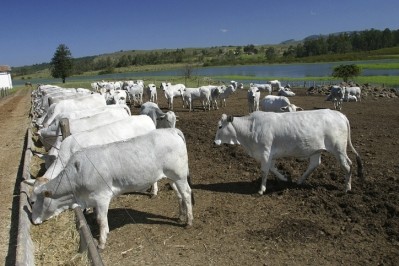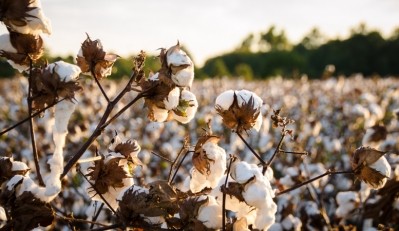Dispatches from the World Nutrition Forum in Cape Town
India: Investment in quality feed is critical for higher dairy cow productivity
He was presenting on the opportunities and challenges for dairy production in India at the World Nutrition Forum in Cape Town earlier this month.
With improved GDP, India’s population of 1.3bn people now has much greater purchasing power and, with a huge proportion of the population vegetarian, they are consuming more and more milk and milk products, said Kumar.
The milk consumption rates in India are progressing at 3% CAGR compared to the global average of 0.9%, and the estimated value of the Indian milk business is around US$60bn, he said.
Indian milk production trends
India has come a long way in milk production since the 1970s - it is currently the largest milk producing country globally.
In 1970, India only produced a mere 20 MMT of milk production. In 2018, that is poised to scale up to 180 MMT, and it is estimated that, by 2025, the country will produce around 240 million metric tons (MMT) of milk annually, reported Kumar.
However, milk yields per cow are low, and the industry is facing a lot of pressure to improve individual animal productivity and to tackle issues such as disease and infertility in order to meet future domestic milk demand, he said.
“The current productivity level of 1200 liters yield per lactation has to be improved by at least 20% by 2025, or it would be impossible to produce 240 MMT of milk in view of the shrinking resources like land, water, agriculture residues and labor."
Feed challenges
Huge investment is needed in cattle feed capacity in the country to ensure there is at least 100 MMT of cattle feed available by 2025. “Installed capacity is currently only 20 MMT.”
India dairy farmers tended, up to now, to rely on raw crop residues such cotton cake or husks for feeding their animals.
“But it is not processed feed; these [crop residues] lacks essential nutrients for milk production, for fertility, for weight maintenance and better animal health.
“That is changing. People are now investing in cattle feed. They know that if they don’t feed animals scientifically, they are going to waste a lot of money and milk production costs will get higher and higher, and that this will not be good for the Indian dairy industry.”
He said all stakeholders – policymakers, dairy companies, veterinarians, researchers, cattle feed manufacturers, and technology and feed additive suppliers – must come together to determine how best to deliver quality cattle feed that is tailored to the different breeds so as to ensure better fertility, higher milk yields, and the optimal use of limited resources.








